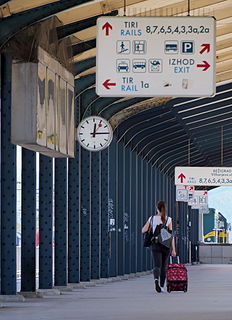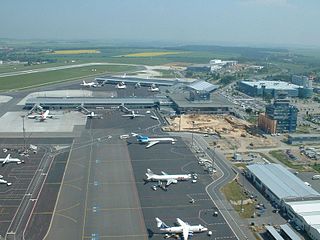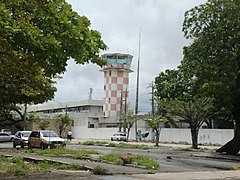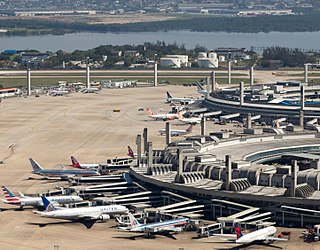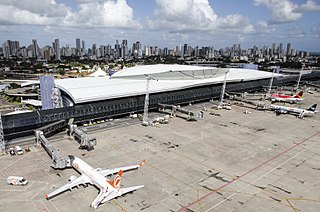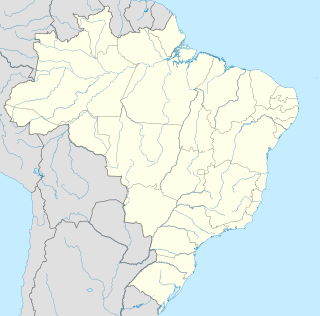– Fortaleza International Airport
| nativename = Aeroporto Internacional Pit
o Martins – Fortaleza | nativename-a = | nativename-r = | image = Fortaleza Airport logo.png | image-width = 255 | image2 = Aeroporto Internacional de Fortaleza Pinto Martins photo 1.jpg | image2-width = 255 | IATA = FOR | ICAO = SBFZ | LID = | GPS = | WMO = | type = Public & Military | owner-oper = Fraport | owner = | operator = | city-served = Fortaleza | metric-elev = yes | focus_city = Gol Airlines | elevation-f = 82 | elevation-m = 25 | website = Fortaleza Airport | coordinates = 03°46′33″S038°31′56″W / 3.77583°S 38.53222°W Coordinates: 03°46′33″S038°31′56″W / 3.77583°S 38.53222°W | pushpin_map = Brazil | pushpin_label_position = left | pushpin_label = FOR | pushpin_map_alt = | pushpin_mapsize = 255 | pushpin_image = | pushpin_map_caption = Location in Brazil | metric-rwy = yes | r1-number = 13/31 | r1-length-f = 8,350 | r1-length-m = 2,545 | r1-surface = Asphalt | stat-year = 2018 | stat1-header = Passengers | stat1-data = 6.648.967 ![]()
![]()
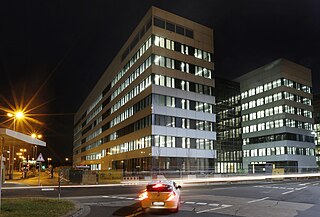
Fraport AG Frankfurt Airport Services Worldwide, commonly known as Fraport, is a German transport company which operates Frankfurt Airport in Frankfurt am Main and holds interests in the operation of several other airports around the world. In the past the firm also managed the smaller Frankfurt-Hahn Airport located 130 kilometers west of the city. It is listed on both the Xetra and the Frankfurt Stock Exchange. The company's current chief executive officer is Stefan Schulte. As of 2018, the company has 21,961 employees and annual revenues of about €3.5 billion. Fraport was the main sponsor of the Bundesliga football team Eintracht Frankfurt from 2002 to 2012.

A geographic coordinate system is a coordinate system that enables every location on Earth to be specified by a set of numbers, letters or symbols. The coordinates are often chosen such that one of the numbers represents a vertical position and two or three of the numbers represent a horizontal position; alternatively, a geographic position may be expressed in a combined three-dimensional Cartesian vector. A common choice of coordinates is latitude, longitude and elevation. To specify a location on a plane requires a map projection.

Asphalt, also known as bitumen, is a sticky, black, and highly viscous liquid or semi-solid form of petroleum. It may be found in natural deposits or may be a refined product, and is classed as a pitch. Before the 20th century, the term asphaltum was also used. The word is derived from the Ancient Greek ἄσφαλτος ásphaltos.
Contents
- History
- Airlines and destinations
- Passenger
- Cargo
- Statistics
- See also
- Gallery
- References
- External links


Pinto Martins – Fortaleza International Airport( IATA : FOR, ICAO : SBFZ) is the airport serving Fortaleza, Brazil. It is named after Euclides Pinto Martins (1892–1924) a Ceará-born aviator, who in 1922 was one of the pioneers of the air-link between New York City and Rio de Janeiro. Some of its facilities are shared with the Fortaleza Air Force Base of the Brazilian Air Force, located 11 km (7 mi) south of downtown.
An IATA airport code, also known as an IATA location identifier, IATA station code or simply a location identifier, is a three-letter code designating many airports and metropolitan areas around the world, defined by the International Air Transport Association (IATA). The characters prominently displayed on baggage tags attached at airport check-in desks are an example of a way these codes are used.

The ICAOairport code or location indicator is a four-letter code designating aerodromes around the world. These codes, as defined by the International Civil Aviation Organization and published in ICAO Document 7910: Location Indicators, are used by air traffic control and airline operations such as flight planning.

An airport is an aerodrome with extended facilities, mostly for commercial air transport. Airports often have facilities to store and maintain aircraft, and a control tower. An airport consists of a landing area, which comprises an aerially accessible open space including at least one operationally active surface such as a runway for a plane to take off or a helipad, and often includes adjacent utility buildings such as control towers, hangars and terminals. Larger airports may have airport aprons, taxiway bridges, air traffic control centres, passenger facilities such as restaurants and lounges, and emergency services. In some countries, the US in particular, they also typically have one or more fixed-base operators, serving general aviation.

